CCTV News: May 18 is International Museum Day, and this year's theme is "The Future of Museums in a Rapidly Changing Society". In recent years, museums have been actively adapting to changes, replacing the "cold style" with affable and close-knit attraction, allowing exhibitions to be integrated into the daily life of the people. According to statistics, there are currently nearly 7,000 museums registered in my country. Next, we will visit various museums across the country together.
Shaanxi Baoji Bronze Museum: A bronze cultivating beast talks about the Western Zhou Dynasty
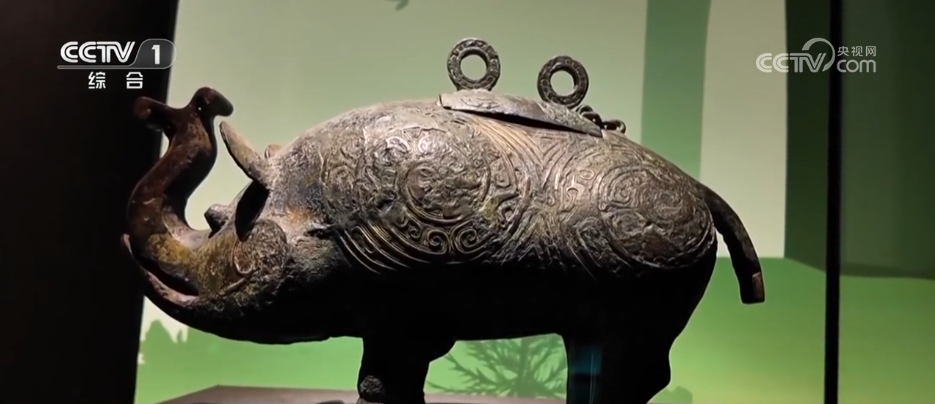
Baoji, Shaanxi, known as the "Hometown of Bronze Wares", has the Baoji Bronze Museum in my country's first bronze culture special museum named after bronze ware. There are more than 480,000 cultural relics in the museum, and the earliest written record of the word "China" appears in the inscription on the treasure of He Zun, the museum. In addition to the solemn bronze ritual vessels and bronze weapons, there are many vivid and lively animal-shaped bronzes here. This Western Zhou Xiangzun, which was cute 3,000 years ago, is called the "cute responsibility" among bronze ware. It not only has four strong and high noses, but also has elegant and agile phoenix patterns on its body. Its function is the wine container in ancient times.
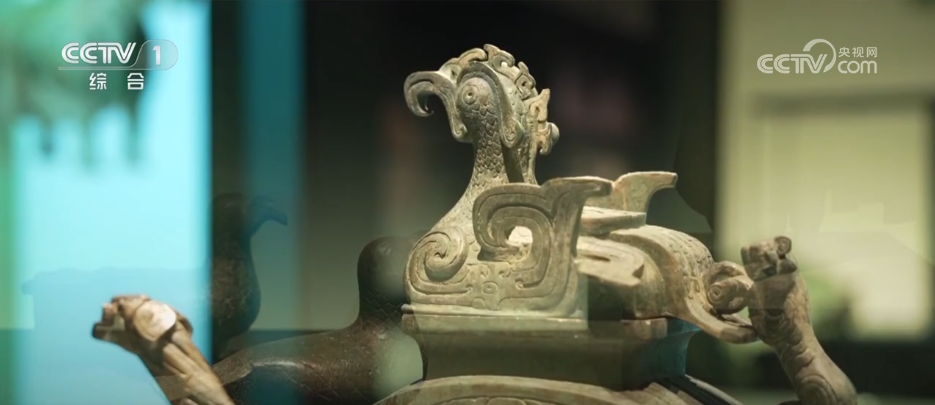
Here, Xiang Zun is not alone. From the birds in the sky to the beasts on the ground, to the swimming fish in the water, the "animal party" in the Baoji Bronze Museum is the eyes of the people of the Western Zhou Dynasty to observe nature, and it also contains the code for their understanding of the world.
Qinhuangdao Glass Museum: Witnessing the Rise of China's Glass
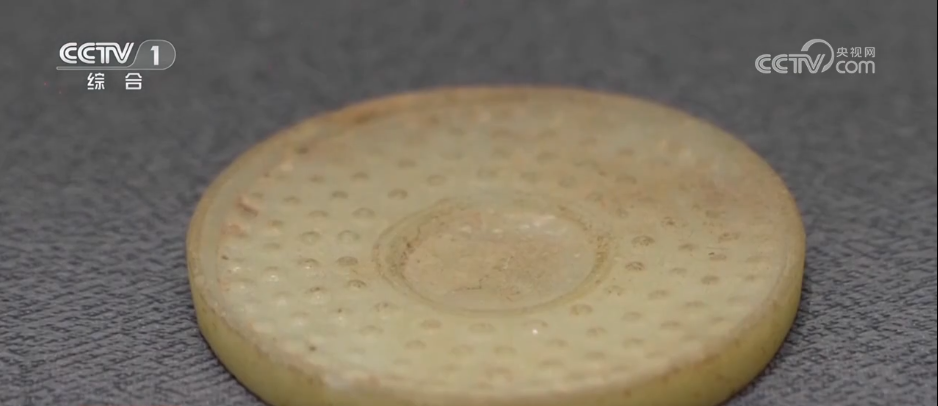
The Glass Museum located in Qinhuangdao, Hebei not only allows people to appreciate the beauty of glass, but also understand the beginning, evolution and development of my country's glass history and culture. This is the first state-owned comprehensive museum in the country that displays glass history, culture and technology, and has a history of a hundred years.
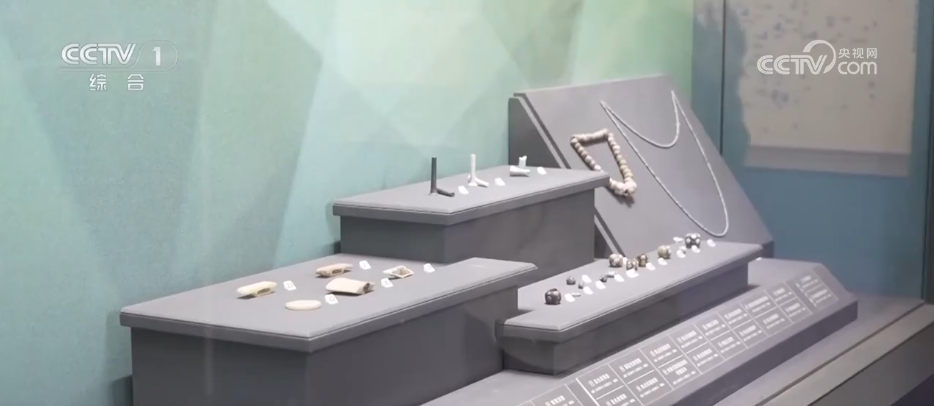
The museum not only displays the early glass forms, but also shows the brilliant history of glass development and the use of modern glass in my country's aerospace field.
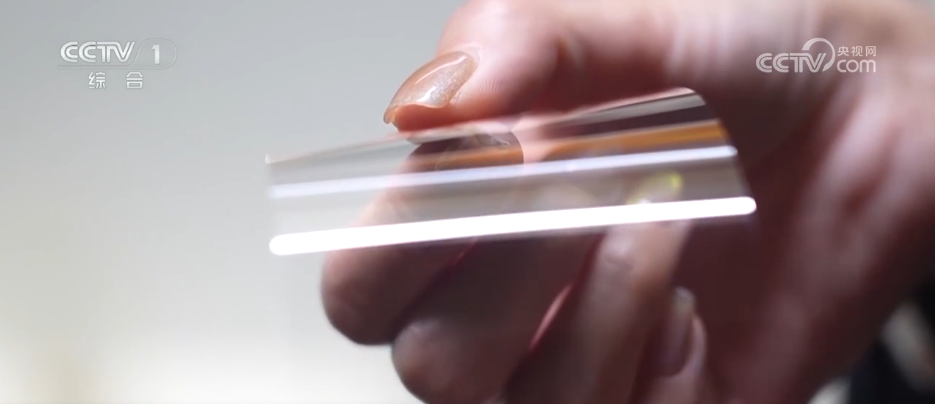
Zhou Yao Insect Museum: The "breathable" insect world
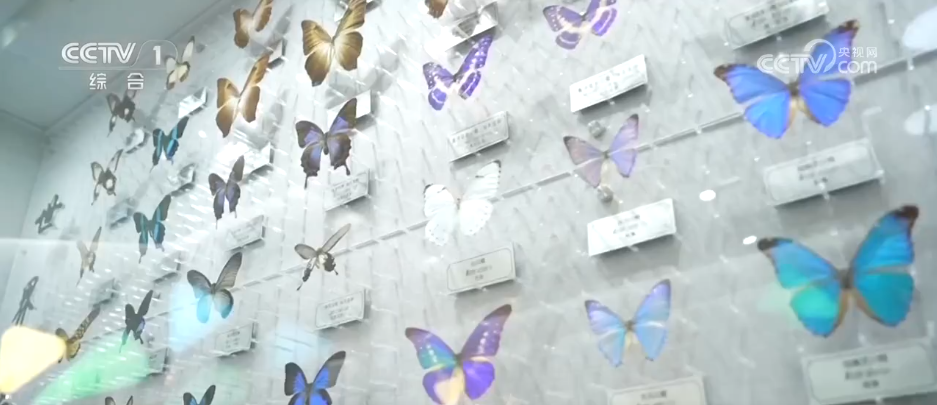
For friends who like natural science, they must not miss a "insect fantasy kingdom", that is the Zhouyao Insect Museum located in Ningbo, Zhejiang. Not only are there rare butterfly specimens such as the national first-class protected animal, the golden-spotted phoenix butterfly, but also the first ecological wonder of leaf-cutting ants and yellow ants in China.
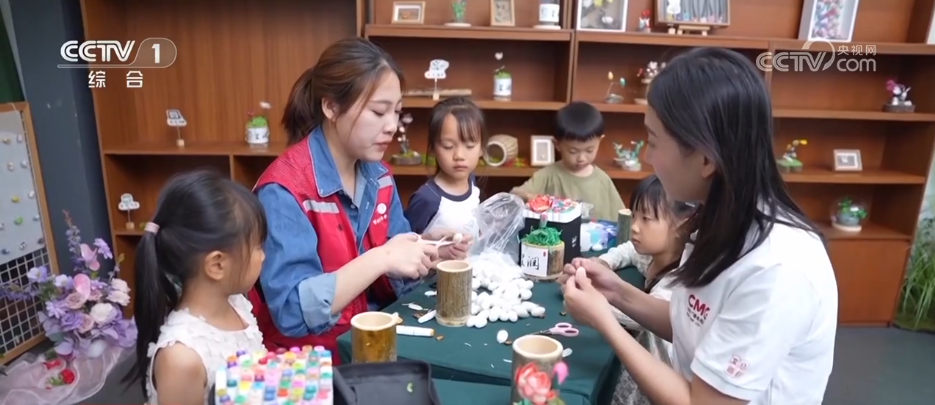
In the ecological breeding device area, not only can the functional morphological differentiation of ants of different ranks be seen, but also the strange ecological phenomena such as the coordinated evolution of ants, plants and fungi, and mutually beneficial symbiosis can be observed. When you are tired of shopping, you can also come to the museum's handmade experience area and use silkworm cocoons to make an "eternal flower".
From history to the future·Technology makes cultural relics "live"
During the May Day holiday not long ago, museums across the country received more than 60 million visitors, setting a record high. We see that there are often long queues at the entrances of some large museums, and some even "rush to a city for a museum." The attraction of museums not only comes from diverse themes and rich exhibits, but also the power of technology.
Beiqi Mural Museum: Technology helps immersive experience
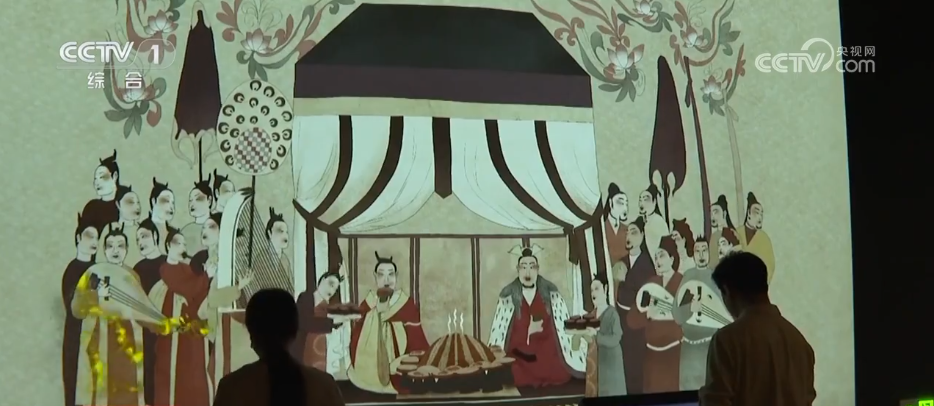
Now, novel technological means are appearing in major museums, giving the museum a charm of youth and art. The Northern Qi Mural Museum located in Taiyuan, Shanxi is the first mural themed museum in my country built on the original site of the tomb. The owner of the tomb lived in Northern Qi, which was more than 1,400 years ago. How did people live here more than 1,400 years ago? VR equipment allows tourists to experience a tomb roaming in an immersive way.
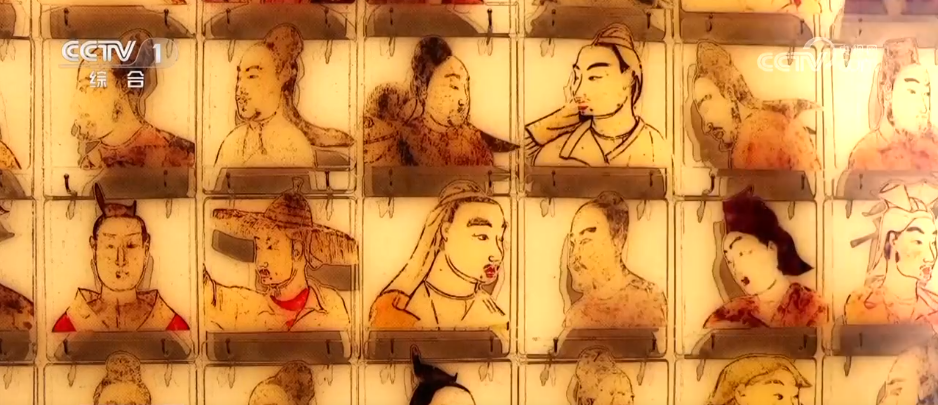
The application of modern technological means not only allows tourists to be immersive, but also allows tourists to participate and interact, and feel the charm of cultural relics in new ways. Through projection interaction, the instrument forgotten by the painter more than a thousand years ago returned to the player's hands, and the mural also realized an imaginary relay at the visitors' fingertips.
Digital simulation technology helps restore Mawangdui silk cultural relics

Technological power can also help protect and restore cultural relics. Recently, the Hunan Museum has launched a series of latest research results on the Mawangdui Han Tomb cultural relics. In the "Intelligent Digital Simulation Restoration of Hunan Mawangdui Silk Weaving Relics" project, the research team achieved millimeter-level precision reduction of the extremely complex weaving and printing and dyeing process of this Mawangdui silk fabric through a number of artificial intelligence technologies, and dynamically presented the wearing effect and fabric drape texture of silk woven clothing in the Western Han Dynasty for the first time.
Millimeter-level precision reduction of the weaving and printing and dyeing process of silk fabrics in Western Han Dynasty
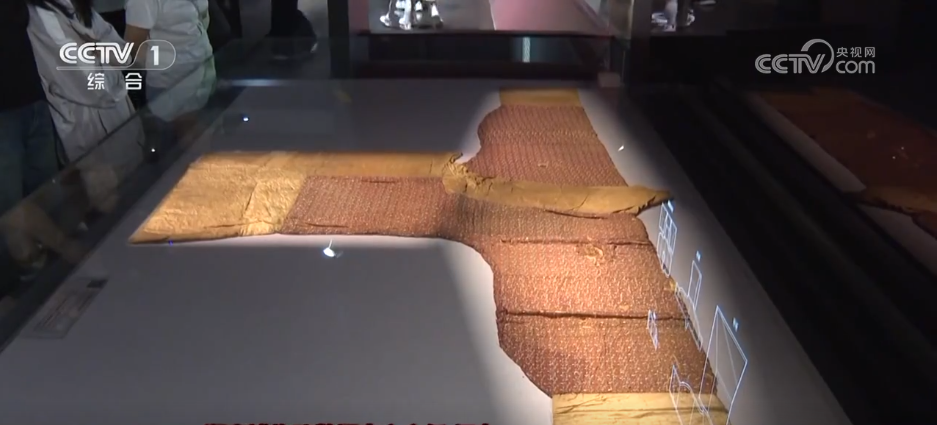
In addition, the technical team also uses AI to assist in the generation of patterns, so that the model can be close to the cultural relics itself in the digital field, and uses physical animal capture technology to simulate the dynamic texture of cultural relics.